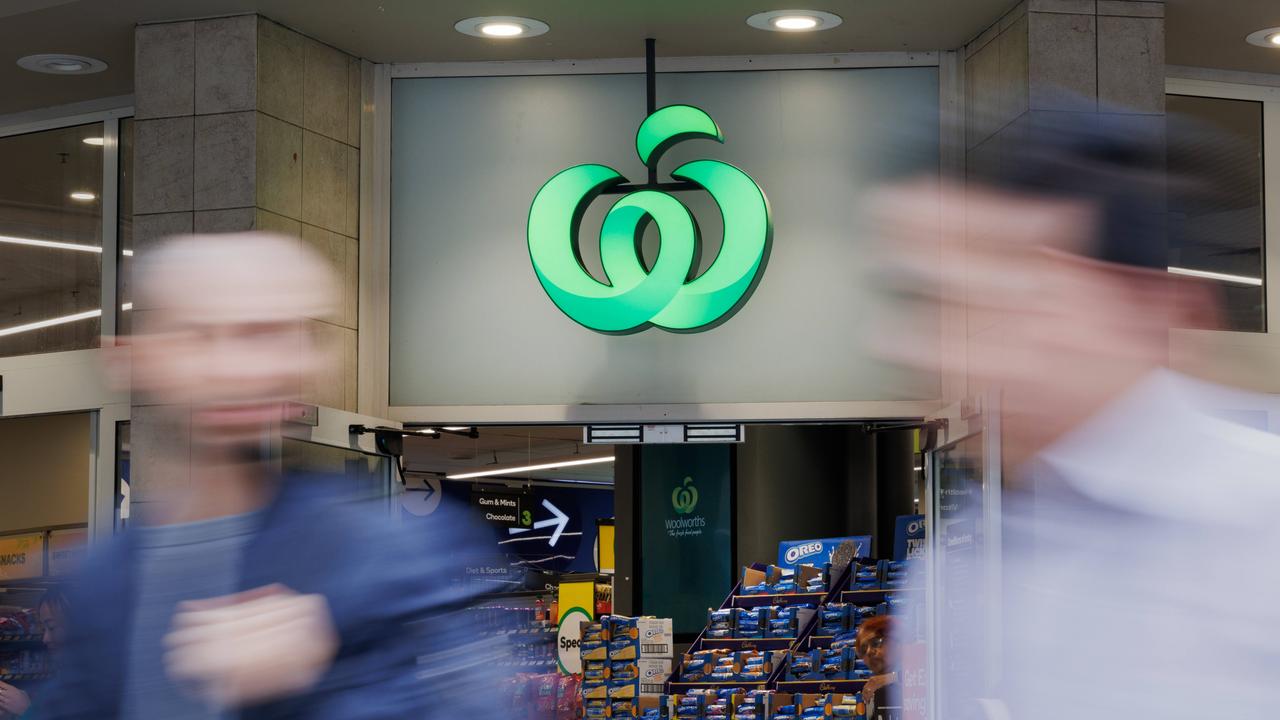Consumer frustration set to peak as supermarket ‘shrinkflation’ rises
Consumers who get peeved over paying the same price for products despite them having decreased in volume won’t get much reprieve in the next year or so.

Consumers may need to adjust their expectations ahead of visits to retailers in coming months as an annoying trend looks set to affect more of Australia’s favourite products.
Smiths chips, Kellogs cereal and Cadbury chocolate have already fallen victim to the trend, which is popularly regarded as shrinkflation – when a product’s quantity is reduced, but its price stays the same.
The sneaky tactic looks set to be utilised by manufacturers in the coming 12 to 18 months like never before as they compete with rising fuel costs, labour shortages and global supply chain issues.
Increasing cost pressures on manufacturers left them with two options, according to Queensland University of Technology retail expert Dr Gary Mortimer.
They could either pass the costs onto retailers which would subsequently pass them onto consumers, or, reduce product quantities slightly and continue to charge the same.

The difference for consumers was often so marginal that many never noticed, Dr Mortimer said, which was typically the goal of manufacturers.
He argued that while some people may see the tactic as deceitful, there was an alternate perspective that suggested it actually helped ease strain on households overall.
“Retailers are very cognisant that families are doing it tough. Fuel and rent prices are going up, and the cost of electricity. The last thing families want is for food prices to go up,” Dr Mortimer said.
“By giving you a little less, maybe 25 or 50 grams, you can still essentially get the majority of the product [while not paying any extra].”
The small difference would have minimal effect on consumers, but huge flow-on effects for manufacturers, Dr Mortimer said.
“If you extrapolate that small amount of product across tens of thousands, if not millions, of units, it actually holds those costs in line and doesn’t have a massive impact on the retailer’s margins, or the retailer’s costs,” he said.

Consumers, in a way, should consider themselves lucky that some manufacturers have taken the shrinkflation route rather than upped their prices, which could increase weekly grocery spends by between three and five per cent.
Supply chain costs were pushing the prices of beef, dairy, cereals and dry groceries up, increasing the strain on households already grappling with the growing cost of living.
“What we’re going to see in the next 12 to 18 months is slightly inflated food and grocery prices, somewhere between three and five per cent,” Dr Mortimer said.
“Shrinkflation is probably one strategy that we will see become more readily applied so that it doesn’t have a significant hit on the household bottom dollar.”
The trend has been particularly noticeable previously during periods when the cost of raw materials like grains, cocoa and coffee beans increased.





